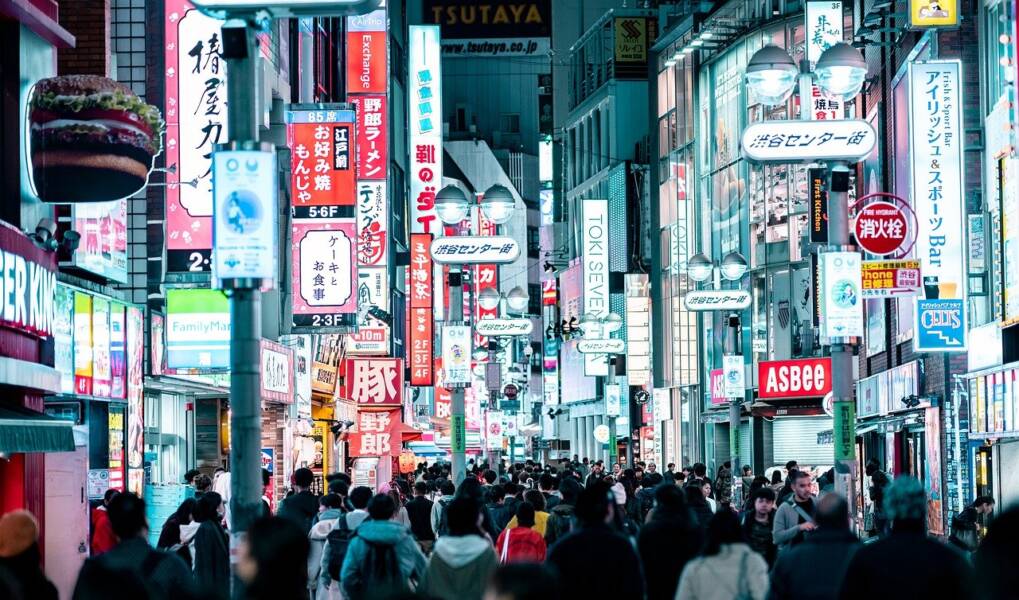The Rise of Megacities
The 21st century is the age of cities, and in 2025, megacities are leading the charge. But what exactly is a megacity? By definition, it’s an urban area with a population of over 10 million people. Yet in practice, megacities are much more than just crowded places. They’re powerhouses of economic activity, culture, innovation, and even political influence.
Urbanization is accelerating. According to the United Nations, over 56% of the world’s population now lives in cities, and that number is expected to rise significantly. With more people comes more complexity—transportation, housing, pollution, and tech integration all become critical. That’s why megacities are not just big—they’re bold, adaptive, and increasingly futuristic.
Let’s dive into the top 10 megacities shaping our world in 2025, using not just population size, but also influence, economic output, and innovation as key criteria.
Ranking Criteria for 2025 Megacities
Our list isn’t based on population alone. Here’s what we considered:
- Population: The sheer number of people still matters.
- Economic Power: GDP, major industries, and business activity.
- Global Influence: Political and cultural relevance.
- Infrastructure & Innovation: Smart city tech, transport, energy, and urban planning.
1. Tokyo, Japan
Tokyo continues to hold the crown as the world’s largest megacity in 2025, with over 37 million people in the metro area. Known for its efficiency, cleanliness, and innovation, Tokyo is a leader in robotics, mobility tech, and earthquake-resistant infrastructure. Despite Japan’s aging population, Tokyo’s economic engine remains strong thanks to its financial markets, high-tech companies, and cultural exports.
Why it matters in 2025: Tokyo is a case study in how a megacity can be sustainable, high-tech, and deeply traditional at the same time.
2. Delhi, India
Delhi is rapidly catching up, with a population nearing 34 million. The city is a vibrant mix of ancient culture and fast-paced modern development. Infrastructure is still a challenge, but recent investments in metro expansion, clean energy, and tech parks are pushing Delhi forward. It’s becoming a magnet for startups and international companies entering the Indian market.
Why it matters in 2025: Delhi is defining what it means to grow fast while trying to stay functional in the face of climate and population pressures.
3. Shanghai, China
Shanghai is not just a city—it’s China’s economic heart. With over 28 million people, it’s a global hub for finance, trade, and technology. Shanghai’s skyline is a symbol of 21st-century ambition, and its smart city initiatives—like AI-driven traffic control and green buildings—are ahead of the curve.
Why it matters in 2025: Shanghai represents China’s urban future: efficient, connected, and increasingly green.
4. São Paulo, Brazil
The largest city in South America, São Paulo houses more than 22 million people and is Brazil’s economic powerhouse. Despite facing challenges like traffic congestion and inequality, the city is investing in public transport and renewable energy. Its booming tech and finance sectors are attracting talent from across Latin America.
Why it matters in 2025: São Paulo is South America’s gateway to the future, blending grit with opportunity.
5. Mumbai, India
With its population surpassing 21 million, Mumbai is India’s financial and entertainment capital. Home to Bollywood, major stock exchanges, and a growing startup ecosystem, the city balances extreme wealth with dire poverty. Infrastructure projects like the Mumbai Metro Line 3 and the coastal road are game-changers for its traffic woes.
Why it matters in 2025: Mumbai’s resilience is unmatched, and its cultural influence stretches far beyond India’s borders.
6. Beijing, China
Beijing is more than a political capital—it’s a megacity where power, history, and innovation collide. With over 21 million residents, it’s pushing the envelope in AI, urban surveillance tech, and green architecture. The city’s rapid development has turned it into a model for modern urban design, though air pollution remains a concern.
Why it matters in 2025: Beijing is at the crossroads of ancient tradition and futuristic control systems.
7. Dhaka, Bangladesh
Dhaka has exploded in population, now exceeding 22 million. It’s one of the fastest-growing megacities in the world. Despite facing infrastructural and environmental challenges, Dhaka is evolving. Major investments in garment manufacturing, IT, and urban transit are laying the foundation for a more sustainable future.
Why it matters in 2025: Dhaka is a reminder that the global South is rising—and innovating out of necessity.
8. Cairo, Egypt
Cairo is the largest city in Africa and the Arab world, with a population around 20 million. While the city grapples with overcrowding and pollution, the construction of the New Administrative Capital nearby is a bold attempt to relieve urban pressure and modernize infrastructure.
Why it matters in 2025: Cairo is redefining how ancient cities can reinvent themselves in the digital age.
9. Mexico City, Mexico
Home to more than 22 million residents, Mexico City is Latin America’s second-largest city and a cultural powerhouse. Known for its vibrant arts, food, and history, it’s also advancing in green mobility and smart housing. The city’s metro system is one of the most expansive in the world.
Why it matters in 2025: Mexico City blends chaos and creativity to thrive amid complex challenges.
10. Lagos, Nigeria
Lagos is projected to become the world’s most populous city by 2100, and in 2025 it already hosts over 21 million people. It’s a dynamic hub of African entrepreneurship, fintech, and entertainment. The city is investing heavily in transport infrastructure like the Lagos Rail Mass Transit project.
Why it matters in 2025: Lagos is Africa’s megacity of momentum—fast, young, and full of potential.
What the Future Holds for Megacities
Looking ahead, megacities will continue to shape our world in surprising ways. Innovations in AI, 5G, and green tech are turning urban centers into smart cities. We’ll see more vertical living, data-driven public services, and autonomous transport systems. The big question will be: how do we balance growth with livability?
Urban inequality, environmental stress, and housing shortages are universal issues. But megacities are also the places where solutions are born. The fusion of talent, tech, and ambition in these cities makes them the labs of the future.
Conclusion: Living the Future Now
Megacities in 2025 aren’t just bigger—they’re bolder. Each one on this list offers a glimpse into where the world is heading. Whether it’s Tokyo’s precision, Lagos’s energy, or Shanghai’s speed, these urban giants are writing the story of tomorrow. If you want to understand the future, look no further than the world’s megacities.
Which megacity surprised you the most? Share your thoughts or check out our deep dive into the smartest cities of the future.
TechnologyHQ is a platform about business insights, tech, 4IR, digital transformation, AI, Blockchain, Cybersecurity, and social media for businesses.
We manage social media groups with more than 200,000 members with almost 100% engagement.












































